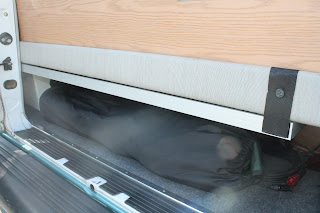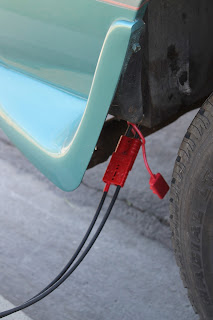"Who pays for the ambulance?" was an article in today's LA times (8/26/2013) under Healthcare Watch. The article talked about making sure you know what insurance covers and how to appeal charges. Per Mr. Zamosky of the LA Times, "Both Medicare and private insurance generally covers the cost of ambulance rides, but they rely on medical necessity when determining reimbursement" and the billing codes that the ambulance provider puts on the paperwork determine how an insurance company will treat this claim. If a claim is denied or the bill seems high or improper a person can appeal to the ambulance company. The LA Times reported that the average ambulance ride in Los Angeles is about $1200 though the range can vary between $224 and $2,204 across the country. Making sure the ambulance company properly codes the bill can be an important first step in resolving any problems. In my own experience, I was billed by the city of Long Beach for ambulance service and because the insurance company did not pay fast enough I was billed a late fee by the city. Cities I have noticed tend to demand payment much faster than a typical business and are quick to slap on late fees. It's like the old saying- "You can't fight city hall" at least in the short run. For a great website on those who are being successful in fighting city hall check out http://www.voiceofoc.org/countywide/who_says_you_can_t_fight_city_hall/
LA Times goes on to list the following resources in case a billing issue becomes a problem or one needs help with ambulance services.
Los Angeles County Emergency Medical Services Agency at ems.dhs.lacounty.gov or Orange County Emergency Medical Services at healthdisasteroc.org/ems
Help in fighting bills: Patient Advocate Foundation at www.patientadvocate.org
Medicare help: California health advocates at cahealthadvocates.org and the consumer advocacy nonprofit Center for Health Care rights in Los Angeles at lawhelpca.org
LA Times goes on to list the following resources in case a billing issue becomes a problem or one needs help with ambulance services.
Los Angeles County Emergency Medical Services Agency at ems.dhs.lacounty.gov or Orange County Emergency Medical Services at healthdisasteroc.org/ems
Help in fighting bills: Patient Advocate Foundation at www.patientadvocate.org
Medicare help: California health advocates at cahealthadvocates.org and the consumer advocacy nonprofit Center for Health Care rights in Los Angeles at lawhelpca.org














